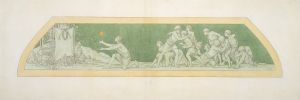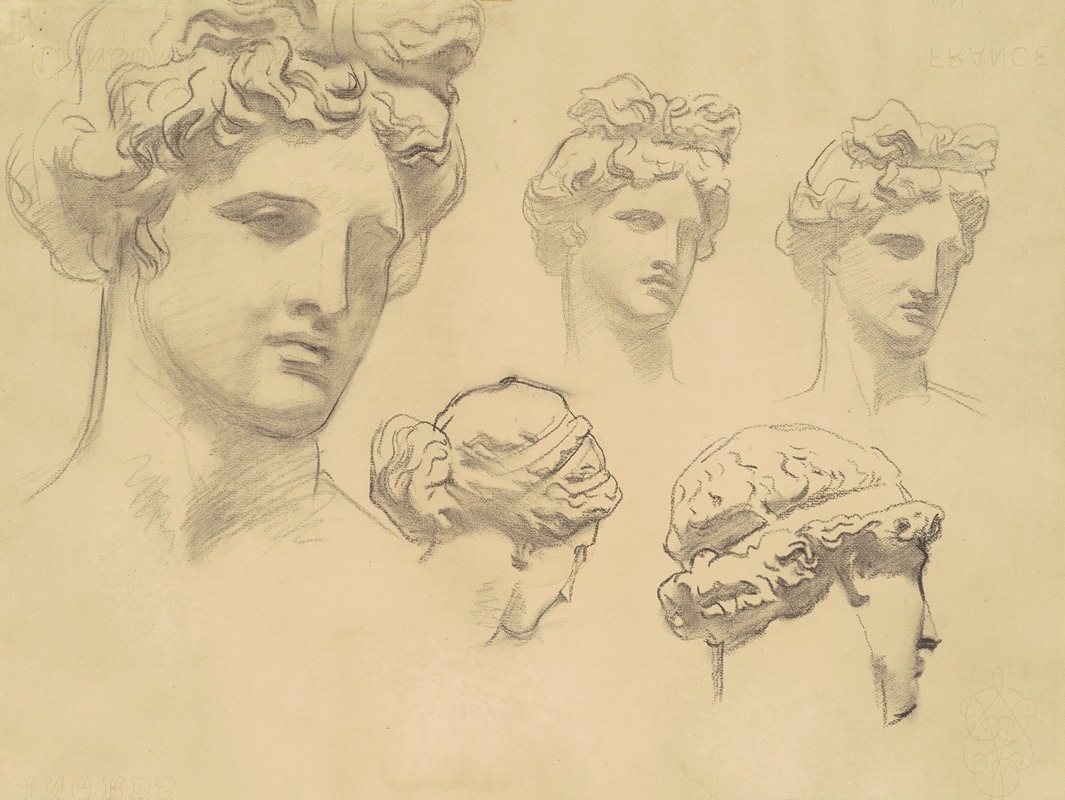
Studies for ‘Apollo and the Muses’
A hand-painted replica of John Singer Sargent’s masterpiece Studies for ‘Apollo and the Muses’, meticulously crafted by professional artists to capture the true essence of the original. Each piece is created with museum-quality canvas and rare mineral pigments, carefully painted by experienced artists with delicate brushstrokes and rich, layered colors to perfectly recreate the texture of the original artwork. Unlike machine-printed reproductions, this hand-painted version brings the painting to life, infused with the artist’s emotions and skill in every stroke. Whether for personal collection or home decoration, it instantly elevates the artistic atmosphere of any space.
John Singer Sargent, an American expatriate artist renowned for his portraits, landscapes, and murals, created a series of studies for a mural titled "Apollo and the Muses." These studies were part of his extensive work for the Boston Public Library, a project that occupied him for several years and showcased his skill in large-scale compositions and allegorical themes.
Sargent was commissioned to create murals for the Boston Public Library in the late 19th and early 20th centuries, a period when he was already an established artist with a reputation for his portraiture. The library murals were intended to be a grand artistic statement, reflecting the cultural and intellectual aspirations of the institution. Sargent's work for the library is collectively known as "The Triumph of Religion," a series of panels that explore various religious and mythological themes.
The studies for "Apollo and the Muses" are preparatory works that Sargent created as part of his process in developing the final mural. These studies are crucial for understanding Sargent's approach to composition, figure arrangement, and thematic exploration. Apollo, the Greek god of music, poetry, and the arts, is often depicted in classical mythology as being surrounded by the Muses, who are the inspirational goddesses of literature, science, and the arts. Sargent's depiction of this theme would have been intended to celebrate the role of the arts and knowledge, aligning with the mission of the library as a bastion of learning and culture.
The studies themselves reveal Sargent's meticulous attention to detail and his ability to convey movement and emotion through his figures. His use of light and shadow, as well as his understanding of anatomy and drapery, are evident in these preparatory works. Sargent often employed live models and drew inspiration from classical art, which is reflected in the naturalism and dynamism of his figures.
While the final mural of "Apollo and the Muses" was never completed as part of the Boston Public Library project, the studies remain significant as they offer insight into Sargent's artistic process and his vision for the mural. These works are valuable not only for their aesthetic qualities but also for their contribution to the understanding of Sargent's broader oeuvre and his role in the American Renaissance movement, which sought to integrate classical themes with contemporary American culture.
Sargent's studies for "Apollo and the Muses" are housed in various collections and continue to be studied and admired for their technical prowess and artistic vision. They exemplify Sargent's ability to blend classical themes with his unique style, contributing to his legacy as one of the foremost artists of his time.





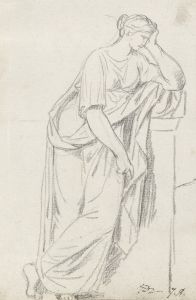
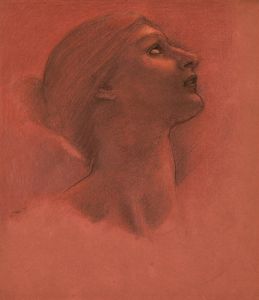
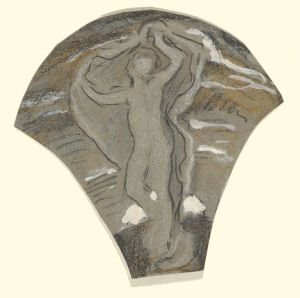
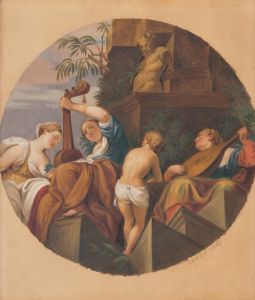
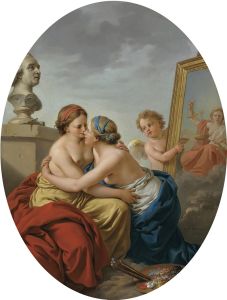
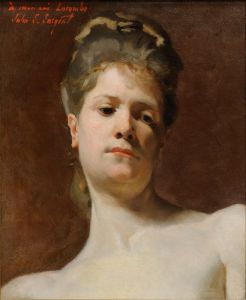
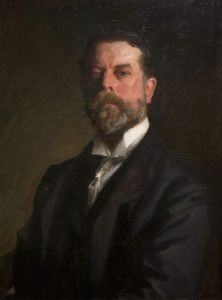
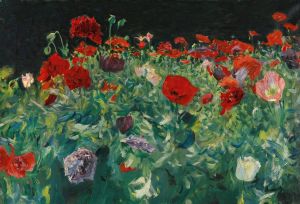
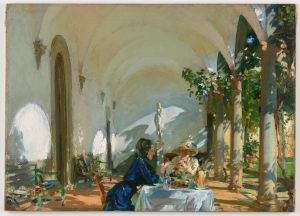
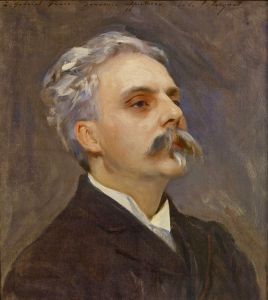
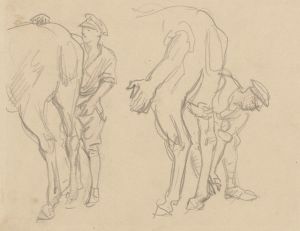
![Detail of Drapery [Crayon study no. 5.14]](/imgs/263799/s/john-singer-sargent-detail-of-drapery-crayon-study-no-514-11654866.jpg)
